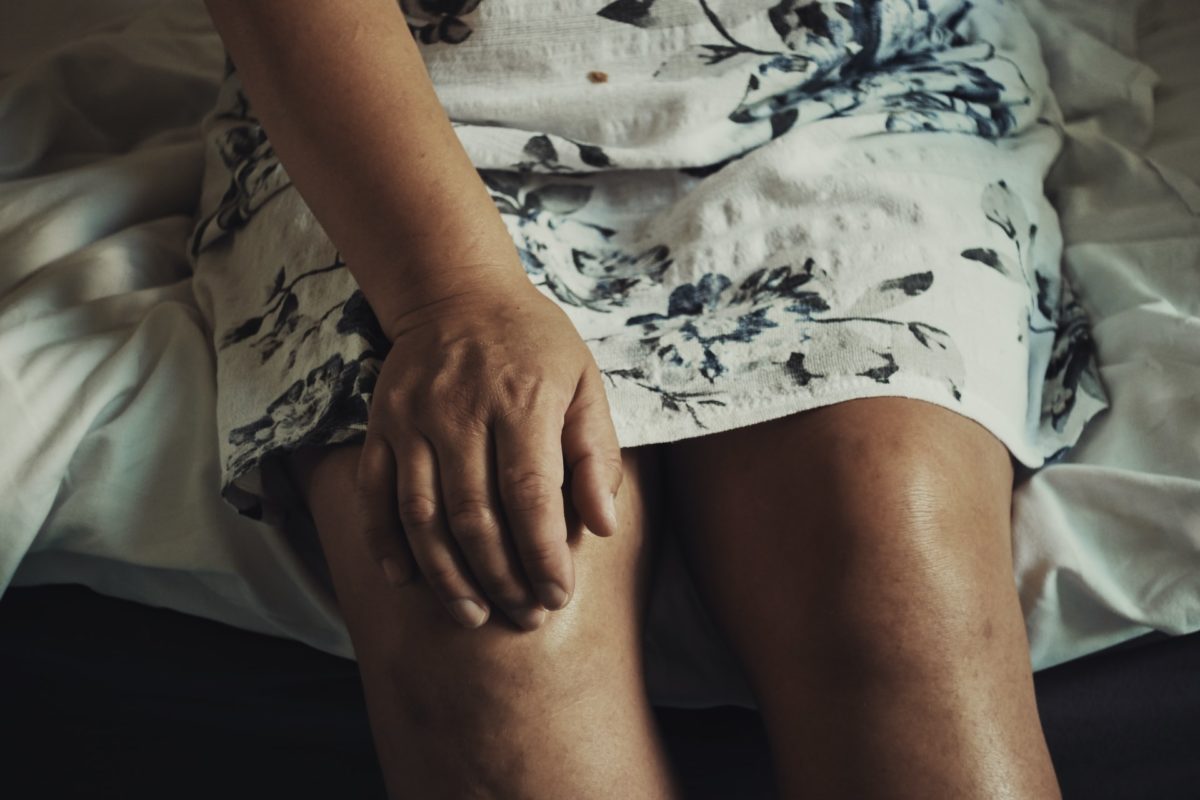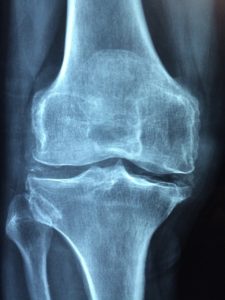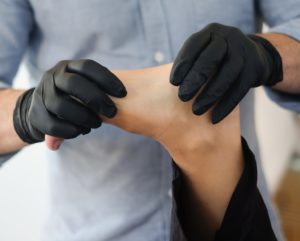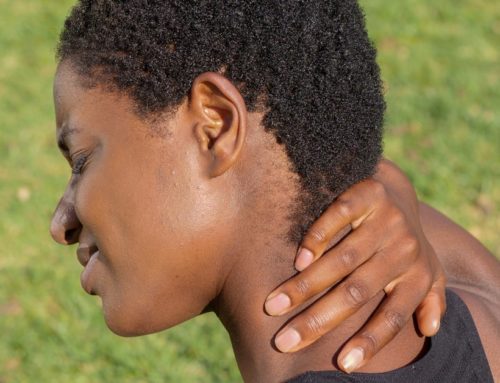The knee bone’s connected to the thigh bone, the thigh bone’s connected to the hip bone– and they are both connected with joints. Joints connect all the bones in your body, from your fingers to your spine. They are made up of special tissues and fluids that cushion your body from the impacts of daily activities and help to make smooth movement possible. Joints are also quite sensitive and prone to injury and disease. It’s been estimated that up to one-third of American adults suffer from joint pain. Here are some reasons why your joints might be hurting and what you can do to move pain-free again:
Wear and Tear
Joints are constantly in motion, and joints that get used more often than others or carry heavier burdens can get worn out over time. Many older adults find that their knees or hips start hurting. It’s also common for people who have jobs that require repetitive motion of the hand, elbow, or shoulder joints to have pain in these areas.
To understand why this occurs, you need to know a little bit about your joints’ anatomy. The ends of bones are covered in a smooth, rubbery tissue called cartilage. Cartilage is protected by a membrane called the synovium. The synovium produces a thick fluid that lubricates the joint, much as oil lubricates car gears. Wear and tear over time can cause the synovium to wear down and become inflamed; this leads to less lubricating fluid and more wear on the cartilage itself. Gradual deterioration of these tissues can cause osteoarthritis (OA), otherwise known as degenerative joint disease.
Active people who put more strain on their joints are more likely to get OA, but even people who are not athletes or construction workers can develop it. This is because cartilage naturally wears away with age. Your genes may determine how quickly this happens and the amount of inflammation that accompanies this degeneration. Some people seem to be more genetically predisposed to developing OA.
The only way to know for certain if your joint pain is caused by OA is to get an X-ray and exam. If your pain is occurring in a joint you often use, an overuse injury may be to blame. Overuse injuries do not necessarily turn into OA. Often they cause short term pain and can be healed with rest and treatment, but these injured joints may be more susceptible to OA later on.
Autoimmune Disease
If you suffer from an autoimmune disease, such as rheumatoid arthritis, psoriasis, or lupus, you are probably all too familiar with joint pain. These illnesses (like all autoimmune illness) are characterized by an out of control immune response that causes systemic inflammation. This can cause pain and damage to joints and other tissues. Treatment for these conditions and the joint pain they cause is surprisingly similar to the treatment for joint pain caused by wear and tear. In both cases, inflammation is present, and reducing the inflammation in the body can also reduce pain.
Your joint pain may be caused by an autoimmune issue if you experience other symptoms alongside it, such as fatigue, rash, low-grade fevers, or digestive issues. These illnesses can only be diagnosed by a doctor, following an exam, and possibly some testing.
Joint pain on its own is not necessarily a sign of an autoimmune disease. Most joint pain is caused by injury or the natural aging process. If you are experiencing joint pain after being bitten by a tick or visiting an area where ticks are present, you should see your doctor. Ticks can transmit Lyme disease, which can cause a type of joint pain similar to autoimmune joint pain.
How Can Achy Joints Be Treated?
We can’t stop the aging process, but we can mitigate it and treat uncomfortable symptoms like joint pain. If you have been diagnosed with osteoarthritis or have a joint that you think might overused, there are some steps you can take to help.
Lifestyle factors like diet and exercise can have an impact on this type of joint pain. Eating an anti-inflammatory diet that includes many colors of fruits and vegetables can help your body fight inflammation and do a better job repairing your joints. Certain medicinal foods and supplements like ginger and curcumin may also help with your joint pain and inflammation.
Keeping a healthy weight is especially important for anyone struggling with knee or hip pain. The more weight you are carrying around, the more strain these joints feel. Being overweight can also increase inflammation throughout the body. Low impact exercises like bicycling and swimming can help you stay in shape, without harming your joints.
These same diet and lifestyle factors can be beneficial for autoimmune diseases because they will help strengthen the immune system and fight inflammation. Note that when we say “strengthen the immune system,” we mean to make it better at telling the difference between invaders and healthy tissue.
If you have an autoimmune disease, ask your alternative health provider about supplements to help with your particular problem. Treating the source of the disease will result in fewer overall symptoms, including joint pain. Autoimmune symptoms tend to flare up and then down. Regardless of how many symptoms you are experiencing at the moment, it’s important to keep up with your treatments and healthy lifestyle choices, as these can prolong your symptom-free periods.
Treatments provided in your chiropractor’s office, such as laser therapy, can help those with osteoarthritis or overuse injuries. Laser therapy increases blood flow to the area and reduces inflammation to aid in healing. This treatment may be appropriate for autoimmune joint pain; check with your doctor and chiropractor first.
Chiropractic adjustment of the spine has been shown to positively impact the immune system and can be one part of a treatment plan for those struggling with an autoimmune illness. Your chiropractor will use a gentle touch when working on sensitive areas.
Joint pain can be frustrating, but with the right treatment plan, you can reduce your pain and move more freely.








